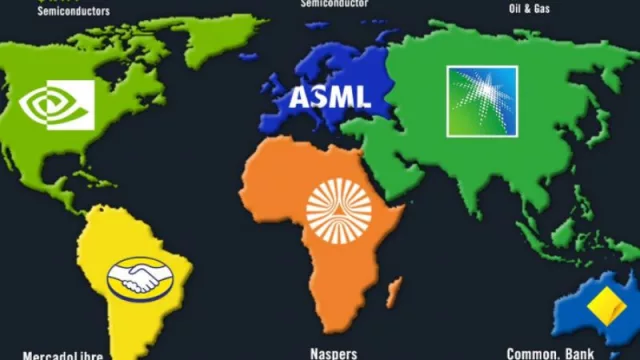The Fanta brand has evolved and expanded over the years, offering numerous flavors beyond the original orange. Therefore, the iconic nod to orange no longer reflects the diversity of the brand. As a result, the new logo has opted for a simple blue image, which represents the uniqueness and coherence of the brand in all its flavors and variants.
This change in the logo is a perfect example of how a brand can evolve and adapt to the needs of its constantly changing market. By opting for a more generic and global image, Fanta ensures that its brand identity is consistent and recognizable worldwide, which is essential for any brand seeking to stand out in a competitive global market.
Express Learning:
The rebranding of the Fanta logo is an intelligent and brave strategy that seeks to consolidate the brand identity in a constantly changing global market. By adopting a simpler and more coherent image, Fanta once again demonstrates its commitment to evolution and adaptation, key elements in any successful branding strategy.
From orange to blue, it implies moving from one flavor to all. Here, blue implies diversity, almost a META of sodas.
The history of the Fanta brand:
-
Fanta is a soft drink brand that was created in Germany during World War II when Coca-Cola could no longer import its products into the country.
-
The first Fanta flavor was created using available ingredients like whey and apple pomace.
-
After the war, Fanta was acquired by Coca-Cola and became a popular international brand, with new flavors introduced over time.
-
Fanta's branding and advertising has evolved over the years, but has always emphasized fun, happiness, and playful imagery.
-
Today, Fanta is sold in more than 190 countries and offers a variety of fruit-flavored soda options.
Why do brands that do not do branding make serious mistakes?
-
Whether you are a startup, a solid company, or a personal venture, you must have a coherence of image and be necessary in a real world.
-
If you have a spectacular image and your product is not good, you have a serious veracity problem.
-
If your image is unattractive, if you do not make yourself visible, if you think people will choose you by "miracle," you are mistaken.
-
If you are an egotistical brand or if you are a wrongly named "low-profile" brand, you are making a serious cognitive error not only in marketing but also in relationships.
-
When you go out to relate for the first time with someone who you want to be your partner, don't you try to make the best impression? Your consumer is your partner... preparing to be attractive is branding.
-
When you do not have a partner and want to find one, do you go anywhere or do you go where there are potential partners to your liking, where you can be valued?... Choosing well is doing marketing.
-
When you already have a partner and want to always seduce them and keep them happy, what do you do? You pay attention and evaluate their tastes, and you pamper them so that they are happy with you.
-
That is combining marketing with branding and creating customer loyalty, retention, and satisfaction.
-
So, stop saying that your brand and you are "low-profile" to justify that you do not invest, do not believe in partners, do not relate, do not make an effort, and, above all, that you are "closed" and want everything to be as you want it instead of being empathetic, generous, open, broad, and fundamentally being COCREATIVE.
What is branding and why are all the soda market brands simplifying and expanding the concept of their brands?
In the world of marketing and business, branding is an essential tool for creating a strong and differentiated brand image. In short, branding is the process of building and managing a brand's identity. This involves using strategies and tactics to develop a positive perception in the minds of consumers and establish a lasting emotional connection.
Branding is not just about creating a flashy logo or a striking advertising campaign. It is a comprehensive approach that involves creating a consistent and authentic brand personality that is reflected in every aspect of the company, from its visual identity to its tone of voice and values.
To succeed in branding, it is essential to know the brand's target audience and understand their needs and desires. Once this is established, branding strategies that resonate with consumers and differentiate them from the competition can be developed.
Consistency is a key element of branding. The brand must maintain a consistent image at all points of contact with the consumer, from its online presence to the way it is presented in physical stores.
This helps to build trust and familiarity in the mind of the consumer, which can in turn lead to long-term loyalty.
Important tip:
Branding is an essential tool for any company looking to stand out in a competitive market. By creating a strong and authentic brand identity and maintaining a consistent image at all points of contact with the consumer, brands can build an emotional connection with their customers and differentiate themselves from the competition.
There is no way to do branding solely from your own perspective. You must co-create with media, agencies, in-house teams, associates, at events... Do not confuse being authentic with being closed off.
The brand that speaks best is not just the one that talks the most, but the one that listens and co-creates the best.












Tu opinión enriquece este artículo: